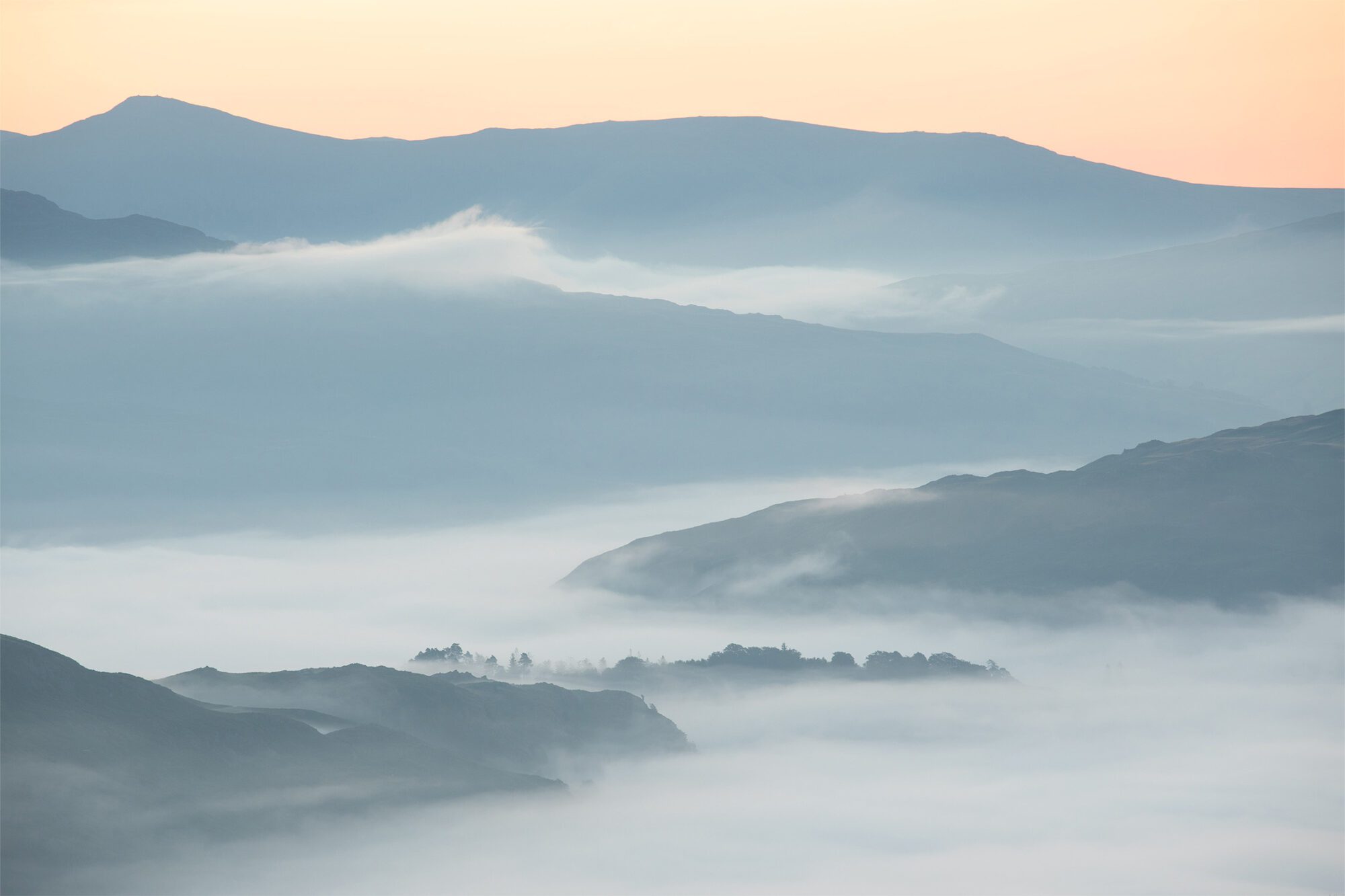Summer Landscape Photography. Challenging, Yet Rewarding!
Welcome back to my landscape photography adventures! At the time of writing this, it is World Photography Day. What better time to relive some of my favourite summer adventures?
For anyone who doesn’t know, landscape photography is incredibly seasonal. Seasons have such a big impact on lighting and also dictate what elements can be found in a natural landscape at a specific time of year. Natural landscape photographers have coined several key events that occur throughout the year. These events provide drive and excitement and we look forward to them each and every year. Currently, summer is upon us and that means one thing, well two things, actually! Heather season, and the beginning of cloud inversions.
Photographing the Beautiful Heather (AKA Ling)
Heather season is an incredible time of year in which vast mountainous areas (particularly heathland and moorland) are transformed by a gorgeous sea of pinks and purples. It is a time when landscape photographers lose their heads trying to capture their dream compositions. However, it is easier said than done. The flowering window for heather is very small, typically a couple of weeks at best and so photographers are at the mercy of the weather. Every now and then, the stars align and dream conditions are presented to the photographic community. Take this photograph, for example. Captured back in August of 2021, gorgeous flowering heather paired with a breathtaking cloud inversion! What more could you ask for?
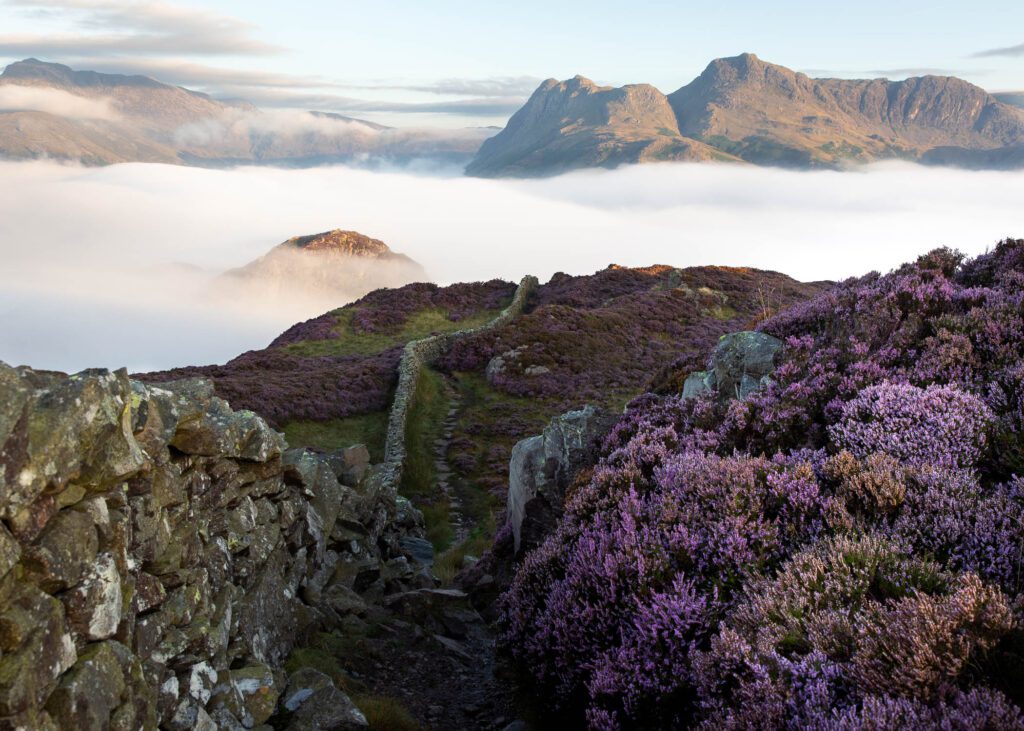
Be Prepared, Scout in Advance!
Opportunities such as this don’t come around often and so it is important to stay vigilant and know what you are looking for. Have a bank of locations scouted, ready for any opportunity that might arise. Know what weather and supporting elements complement your locations. Heather, for example, works very well against dark moody skies. Use a good weather app to keep track of forecasts and cross reference if you need to for extra peace of mind. Weather apps aren’t always 100%, but you can hedge your bets at least. Finally, keep up-to-date by following other landscape photographers. Most of us can’t get out each and every day and so a good source of updates is to keep tabs on your local community.
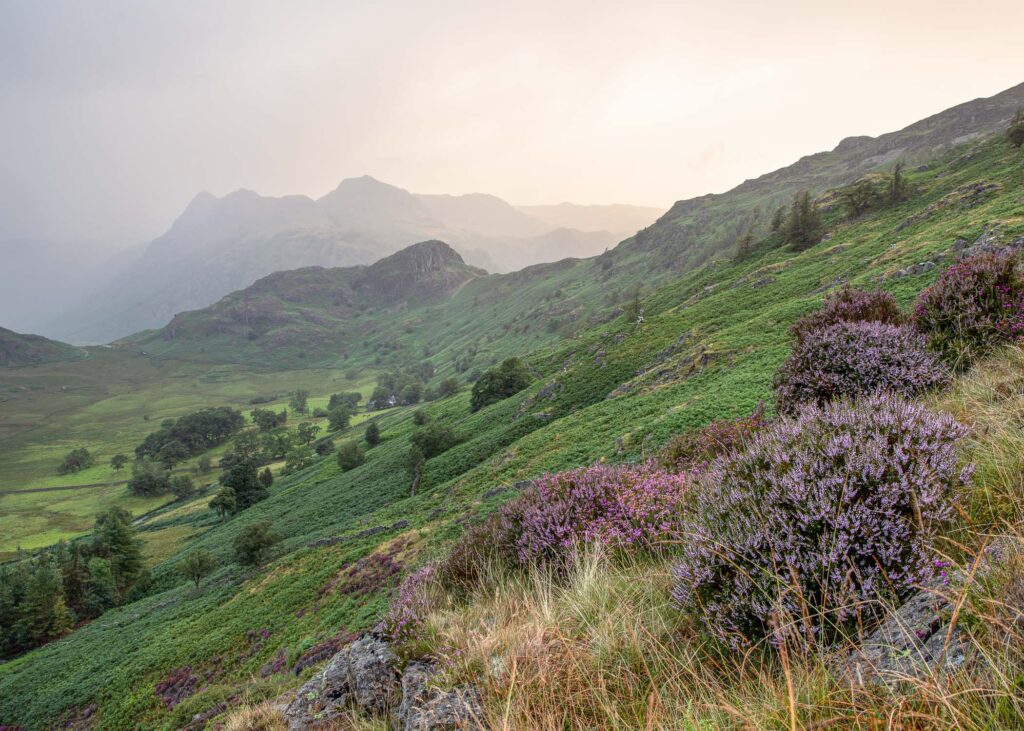
Photographing Breathtaking Cloud Inversions
Cloud inversions, or temperate inversions as they are properly known, are simply breathtaking. To be presented with the chance to see one, let alone photograph one, is bucket list material. You don’t need to be 1000s of feet above ground level to see them either. More often than not, if the conditions are right, you can have a fantastic vantage point from as little as a couple of hundred metres above the ground. Temperature inversions are more common during autumn and winter months but they can also be seen regularly this time of year.
What Causes a Temperature Inversion?
Temperate inversions are formed as a result of cold air being trapped close to the ground by warm air above. In other words, the temperature at ground level is colder than that which would be experienced at 300m above ground level. When the temperature of the trapped surface air drops below its dewpoint, mist and fog begins to form. Temperature inversions rely on low wind speeds (high winds will blow away any mist and prevent it from forming) and high pressure. Knowing this, you can predict with a reasonable degree of accuracy whether or not an inversion will form. Weather apps such as Clear Outside and Ventusky will become your best friend as a landscape photographer. Once you become more confident using weather apps, your chances of experiencing dream conditions will greatly increase.
Landscape Photography Featuring Temperature Inversions
The English Lake District is a fantastic place to witness and photograph temperature inversions. With countless valleys, water sources, and mountains, you can be sure that when the conditions are right, you’re in for a show. Take the below photograph for example. This, believe it or not, was captured on the same morning as the first photograph shown above. In this case, the inversion formed in the very early hours of the morning and lasted until the early hours of the afternoon.
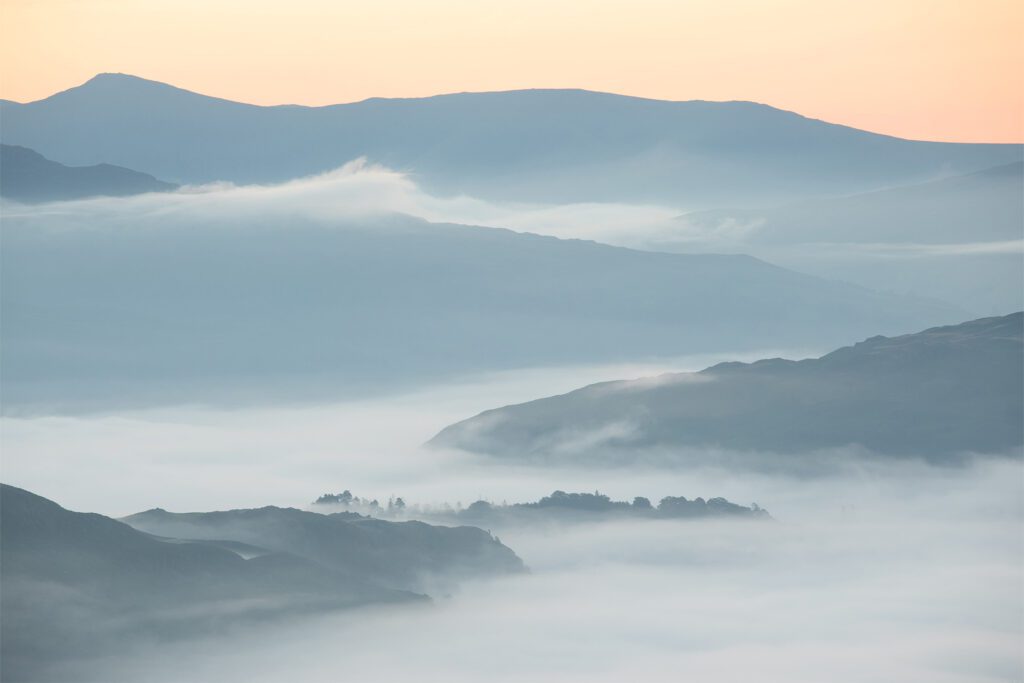
The weather forecast displayed all of the characteristics of an inversion and presented the perfect opportunity to plan a trip.
Sometimes it doesn’t always go to plan and you have to react to the moment as it unfolds. Last Wednesday for example (Wednesday 16th August 2023), the weather forecast was promising and an inversion looked highly likely. On location at Lingmoor Fell, however, the inversion failed to form. Instead, it formed slightly further down Great Langdale towards Elterwater. It wasn’t the end of the world as a longer lens was able to reach further down the valley from further up Lingmoor Fell.
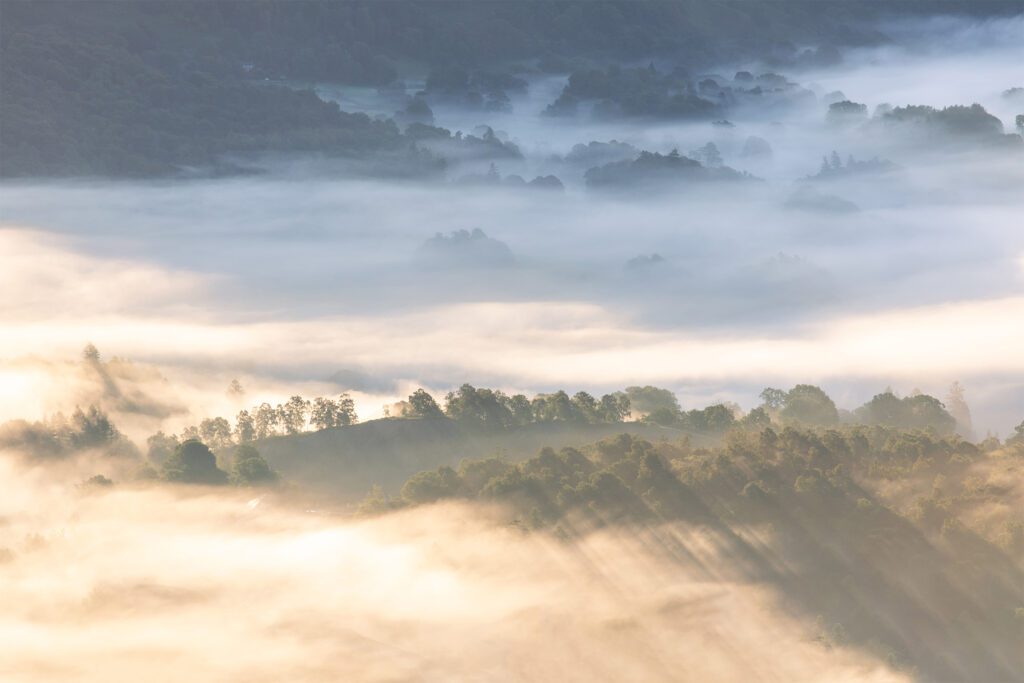
However, this is a great example that even with confident forecasts, nothing is guaranteed. That said, having a backup plan can help to ensure you get those well-deserved photo opportunities. Both photos above and below were captured as the sun began to rise. Shadows cast by the trees were projected onto the thick mist lining the valley, resulting in striking lines.
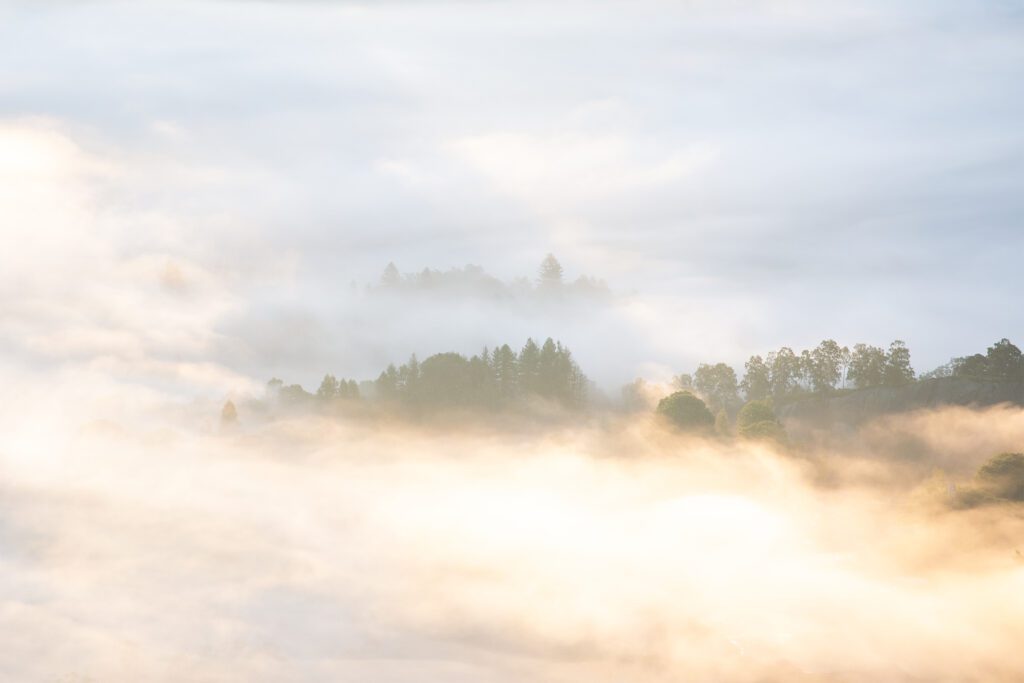
Summary Of Tips For Summer Landscape Photography
To wrap up this blog post, let’s quickly summarise why landscape photography is amazing during the late summer months. First and foremost, heather season. A fantastic time of year to be outside, but very short-lived. In fact, from the time of writing this, the heather in many locations will be close to peak flowering. Check your local photographic communities and plan your trips ASAP! Don’t miss out on this amazing opportunity.
Secondly, from this point onwards, the conditions needed for cloud inversions will become more common. Cloud inversions are typically more common during the autumn and winter months but they can still be seen regularly this time of year. Look out for high pressure, clear skies, low wind, high humidity levels, and surface temperatures below dew points. Install weather apps and become confident at using them. Weather apps will become your best friend as a landscape photographer. Ventusky and Clear Outside are great app examples and both will put you in a great position to assist your planning process.
In short, plan your trips, use weather apps as supporting tools, and scout locations in advance! Best of luck out there and hopefully the above information helps you on your way to experiencing the best of dramatic weather.
Supporting Links
Ventusky weather app – https://www.ventusky.com
Clear Outside weather app – https://clearoutside.com/
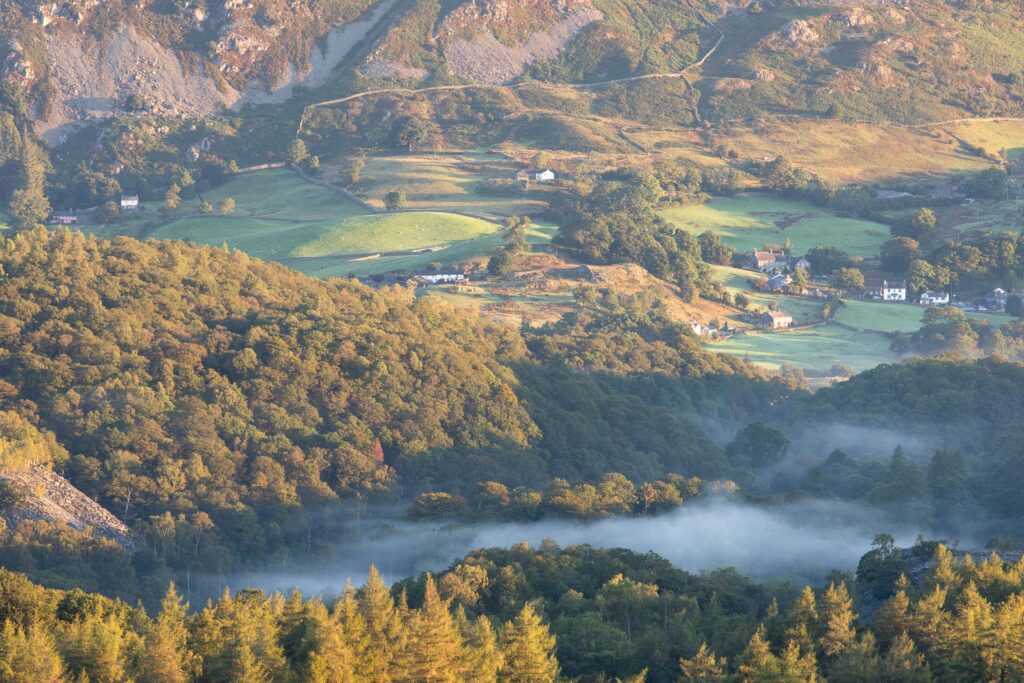
As always, all images and more can be seen in my gallery via the button below or the menu at the top of the page.
Thanks for reading, I hope you found this somewhat helpful. If you have any questions, please feel free to contact me via the button below or the menu at the top of the page.
Until next time, take care and happy World Photography Day!

